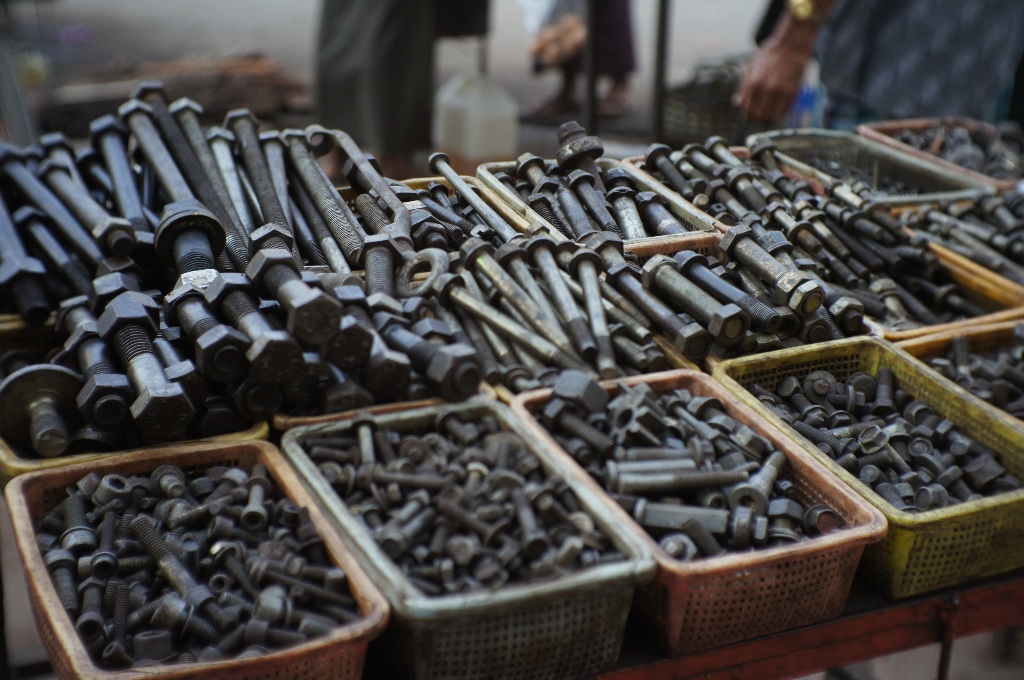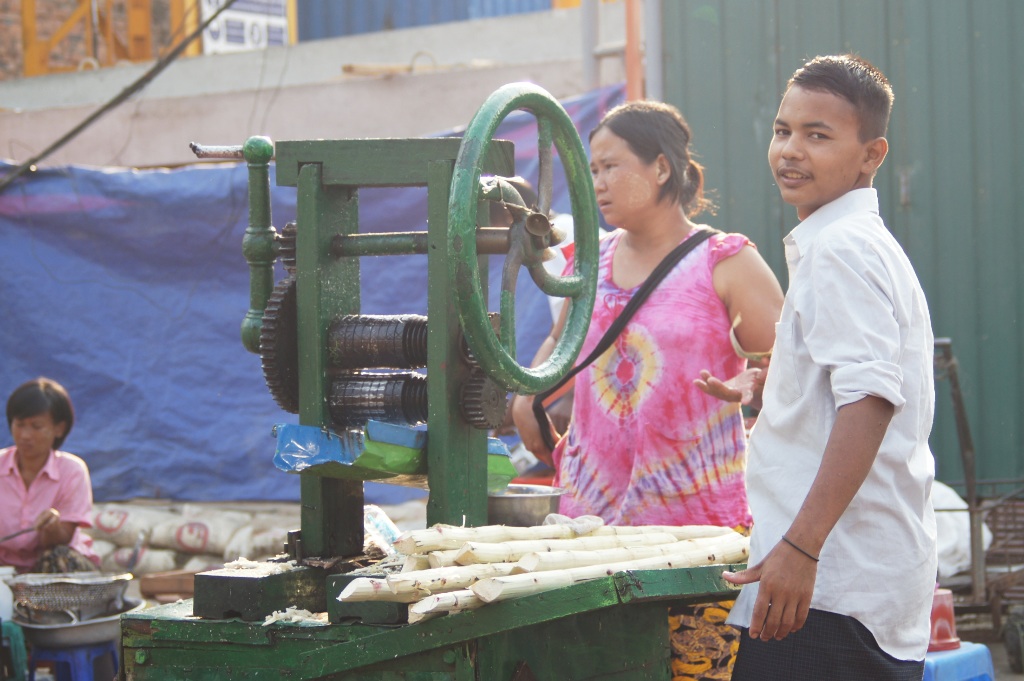Yangon is the former capital of Myanmar that still feels like one. Despite its size Yangon feels provincial and sleepy. Most of the architecture is from the colonial times with only a few modern concrete and glass towers here and there. A great share of buildings looks like they have never been renovated, which gives Yangon a decaying, but yet charming look. There is no clear city centre or at least there is not much to do there for a tourist. Traffic is not yet unbearable, but it is steadily heading there. Motorbikes are banned, there are a lot of bicycles and unlike in other Asian cities, people actually walk. Sidewalks are wide enough, but numerous shopping stalls that sell everything under the moon make walking challenging. Taxis are ubiquitous and relatively cheap, as well as drivers almost do not attempt to rip you off. As with elsewhere in Myanmar, dust is everywhere.
To be honest there is not much to see in Yangon in terms of sights. Shwedagon Pagoda, the most significant pagoda in Myanmar, looks exactly like all the rest of them, only bigger and shinier. In a true anti-government activism fashion, we tried to dodge paying for the entrance tickets to the pagoda, but were caught every time. We eventually just gave up on it and did not even feel bad about not seeing it. Other than that there are the rather mediocre Kandawgyi Park and Bogyoke Market, which was closed at the time we went there. Despite the lack of sights and activities, Yangon has a nice vibe to it with its brisk street-life. It feels non-generic and the absence of global capitalism make it rather unique. No Starbucks, KFC and McDonalds on every corner there.
We were lucky to stay at old friends’s place for a couple of days, which gave us a much needed breather and a home experience with things like making pancakes and doing dishes. Myanmar wine with decent bread and gourmet cheese made the impression solid. Thank you, Inka and Pekka. It was lovely.








